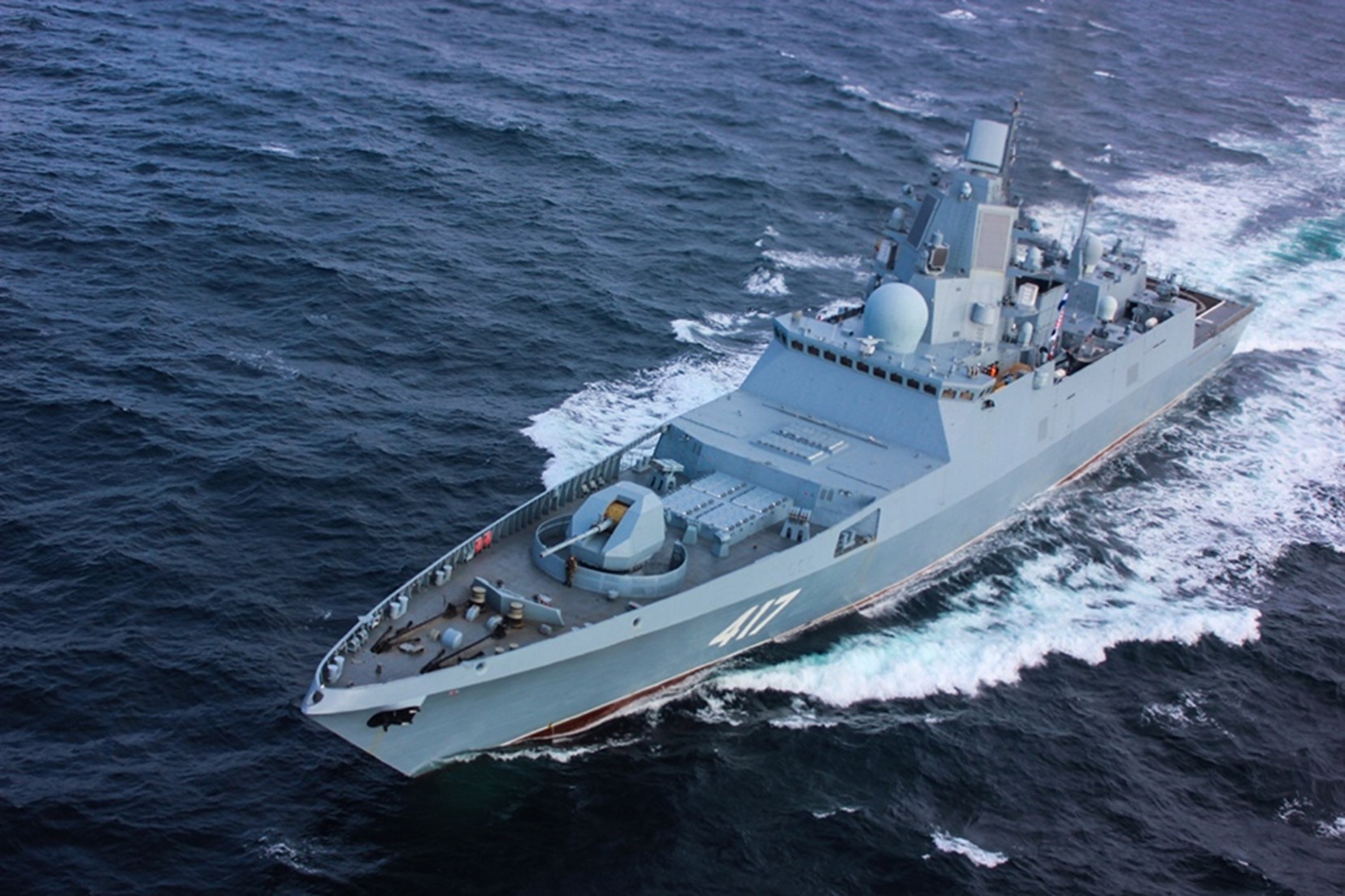
An Admiral Gorshkov class frigate at sea was part of the five Russian warships that paid a port of call to Cuba in June 2024.
“Cuba is Russia’s most important partner in the Western Hemisphere from a purely geopolitical and geostrategic point of view.”
Summary: The Russian government has sent a flotilla of three warships and one nuclear-powered submarine to port in Havana, Cuba. Its stated intentions are both to punish Western countries for supporting Ukraine and to display its own power projection capabilities.
Latin America holds an important place in Russia’s foreign and defense policy.[i] Most importantly, Latin America is a key battleground for pushing back against the United States’ operations in the European theater—specifically Ukraine.
According to the excerpted article in the Spanish daily El País, the recent port call of four Russian naval vessels in Havana, Cuba should be seen within this context. Prior to arriving in Cuba, the three surface warships and a nuclear-powered submarine participated in missile exercises in the Atlantic Ocean. While Russia’s Navy had been visiting the Caribbean more frequently in the past, COVID-19 and the war in Ukraine have curtailed the number of these visits. El País also reports that once the Russian warships leave Cuba they will conduct exercises in the Caribbean before continuing onwards to Venezuela. The Cuban government was quick to point out that none of the vessels are nuclear armed. However, as reported in the second excerpted article by the Argentine outlet Infobae, Russians assured the media that the submarine carried hypersonic missiles. Furthermore, Infobae concluded that the timing of the visits was not mere coincidence: the visit came approximately one week after Russian President Vladimir Putin mused about placing weapons in countries close to the United States in response to Washington’s support of Ukraine.
This development is significant because it reaffirms Russia’s close ties with Cuba and Venezuela and indicates that Russia continues to view Latin America as a central region in near-peer competition. It is also notable that regional responses to the visit have been muted. Few Latin American governments have said anything publicly—possibly a harbinger of broader Russian influence in keeping Latin American countries non-aligned on geopolitical issues.[ii]
Sources:
“Llega al puerto de La Habana una flotilla de buques de guerra rusos con un submarino nuclear (A flotilla of Russian warships arrives at the port of Havana with a nuclear submarine),” El País (a Spanish daily with excellent regional coverage), 12 June 2024. https://elpais.com/america/2024-06-12/llega-al-puerto-de-la-habana-una-flotilla-de-buques-de-guerra-rusos-con-un-submarino-nuclear.html
Until June 17, the ships will remain in Cuban waters…Before arriving in Havana, the Russian ships carried out exercises and maneuvers in the Atlantic. These are not the first naval maneuvers involving Cuba and Russia. In July the Russian Navy training ship Perekop spent several days in Havana. The frigate Almirante Gorshkov was there in 2019…Cuba is Russia’s most important partner in the Western Hemisphere from a purely geopolitical and geostrategic point of view and the meaning of this naval presence is not essentially different from the past: Russia wants to demonstrate that its navy is capable of crossing the oceans and reaching the coasts of Florida.
“Cuba profundiza su relación con Rusia: tres buques de guerra y un submarino llegarán a La Habana para ejercicios militares (Cuba deepens its relationship with Russia: three warships and a submarine will arrive in Havana for military exercises),” Infobae (an Argentine outlet with excellent regional coverage), 6 June 2024. https://www.infobae.com/america/mundo/2024/06/06/cuba-profundiza-su-relacion-con-rusia-tres-buques-de-guerra-y-un-submarino-llegaran-a-la-habana-para-ejercicios-militares/
Although the military maneuvers have been planned in advance, they follow the words of the President of Russia about possible retaliation due to Ukrainian attacks against Russian territory with Western weapons. The president mentioned the possibility of Moscow delivering military material to other countries to carry out ‘attacks against sensitive targets’ of Kyiv’s partners.
Notes:
[i] For more information on how Russia views Latin America, especially in the context of its war against Ukraine, see: Ryan C. Berg et al., “Two Years Later: LAC and Russia’s War in Ukraine,” Center for Strategic and International Studies, 22 February 2024. https://www.csis.org/analysis/two-years-later-lac-and-russias-war-ukraine
[ii] To read more about Russia’s strategy and how Latin America has remained relatively silent on Russia’s recent activities, and especially its war in Ukraine, see: Ryan C. Berg et al., “A Hesitant Hemisphere: How Latin America has been Shaped by the War in Ukraine,” Center for Strategic and International Studies, 22 February 27 2023. https://www.csis.org/analysis/hesitant-hemisphere-how-latin-america-has-been-shaped-war-ukraine
Image:
Image: An Admiral Gorshkov class frigate at sea was part of the five Russian warships that paid a port of call to Cuba in June 2024.
Source: https://en.wikipedia.org/wiki/Russian_frigate_Admiral_Gorshkov – /media/File:Admiral_Gorshkov_frigate_03.jpg
Attribution: CC BY 4.0

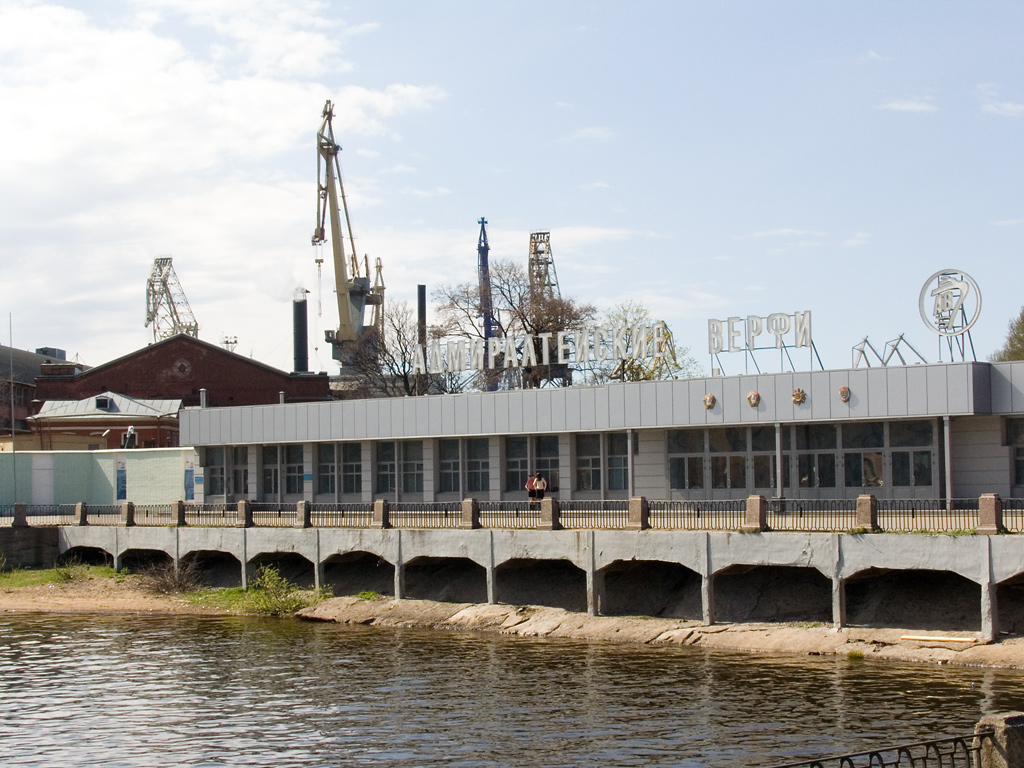
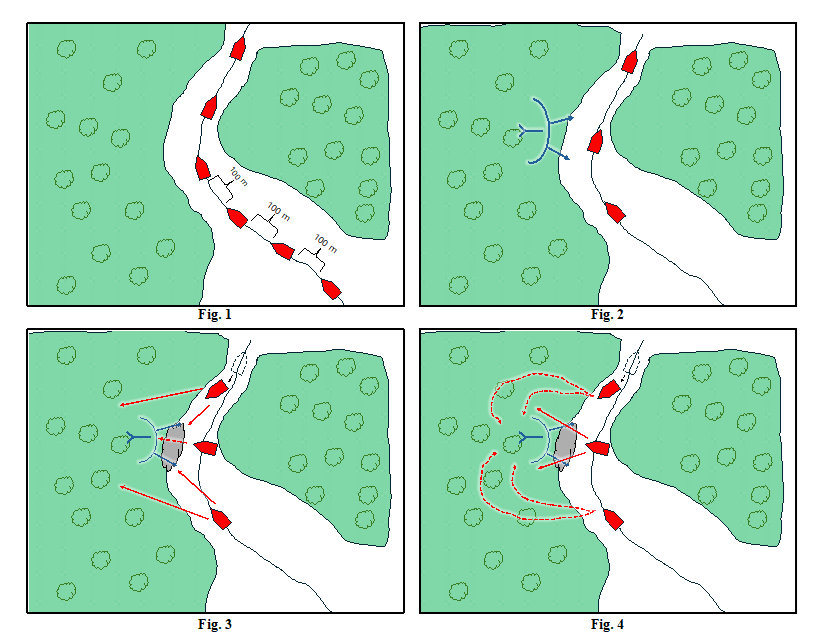
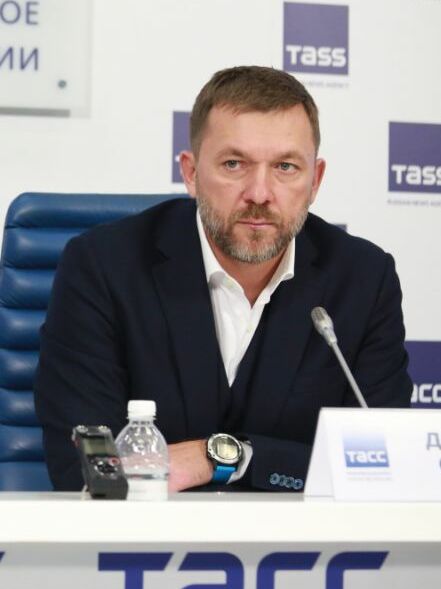
.jpg)
.jpg)
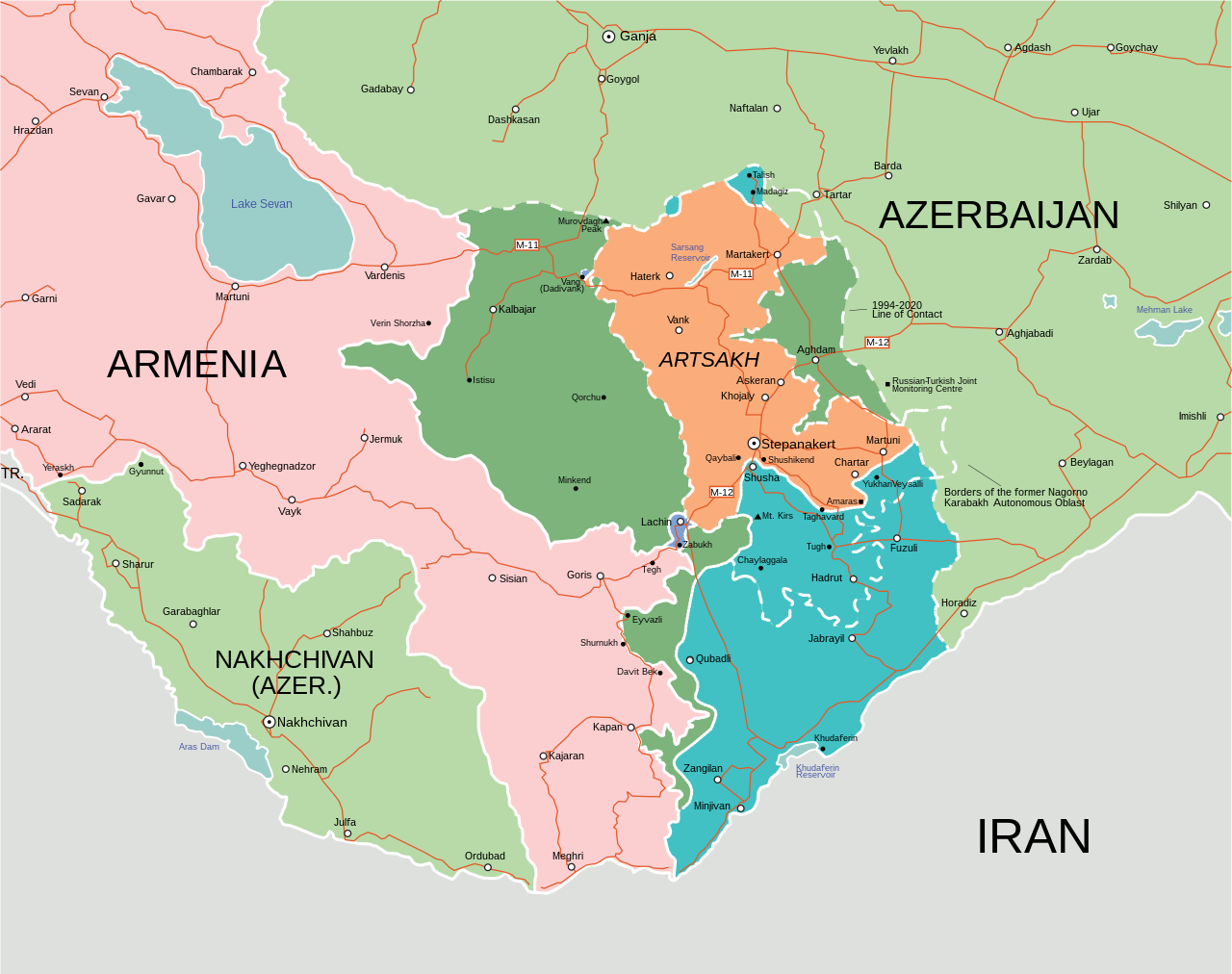
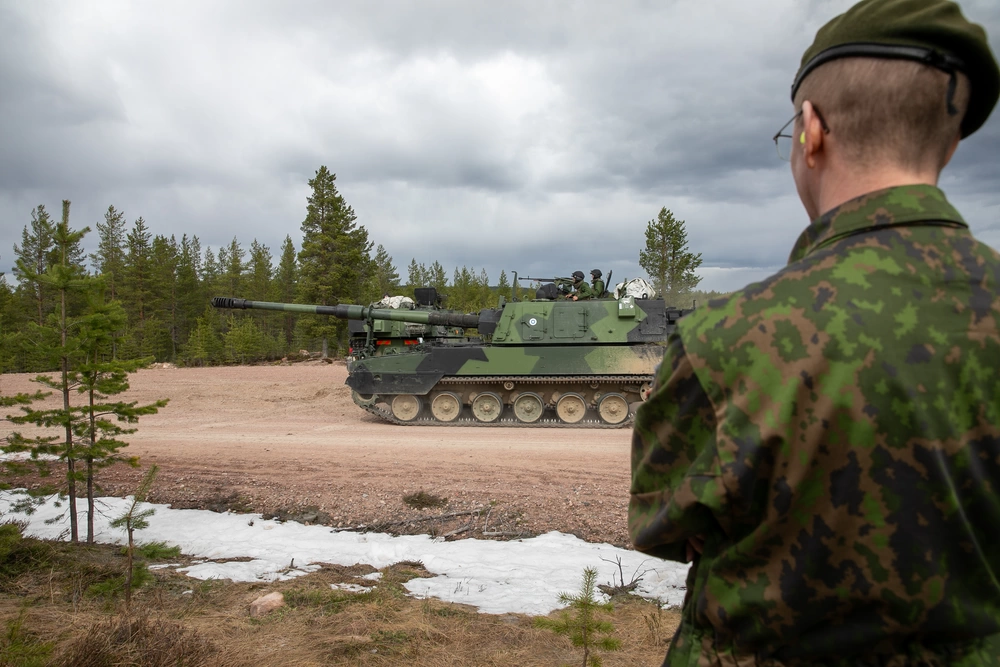

.png)